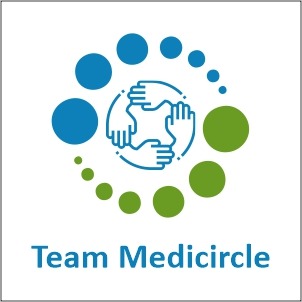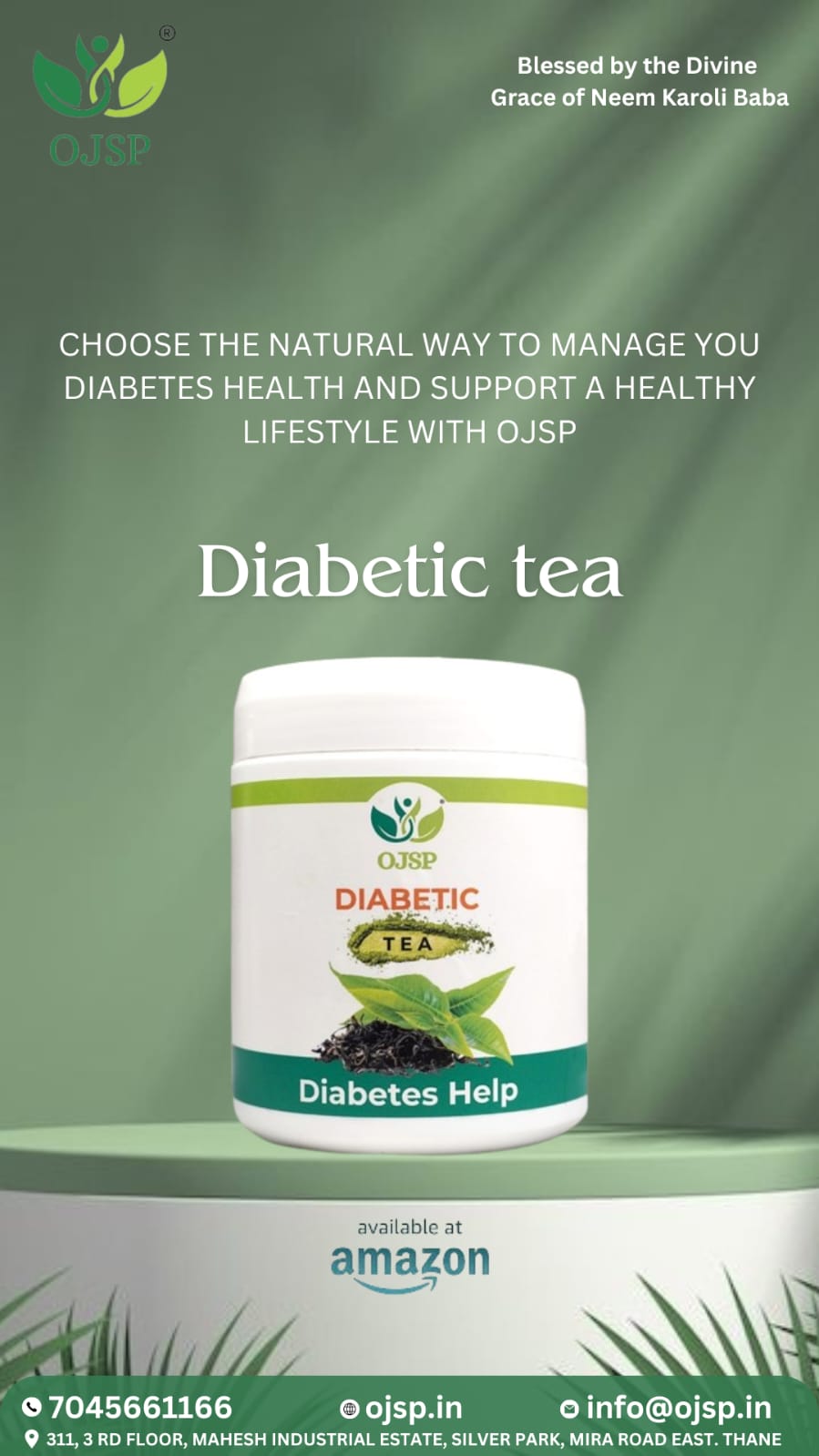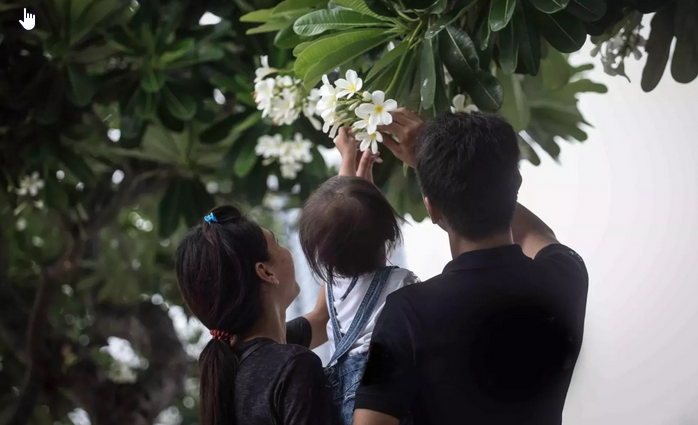The latest 2024 data from United Nations joint programme on HIV/AIDS (UNAIDS) show that highest number of people who got newly infected with HIV in Asia and the Pacific region in 2023, were linked to those who do not know that they were HIV positive, followed by those who were diagnosed but not able to access treatment, or not virally suppressed. Governments have failed to ensure that every person living with HIV receives lifesaving antiretroviral therapy and remains virally suppressed. If a person is virally suppressed, then there is no risk of any HIV transmission linked to this person, as per the World Health Organization (WHO).
“One of the key approaches of the global AIDS strategy is #UequalsU (or Undetectable Equals Untransmittable). This means that when a person living with HIV takes their medicines then level of virus in their blood is undetectable – and - there is zero chance that they can transmit the virus – that is why it is often referred to as Undetectable Equals Untransmittable or U-equals-U. Lower the viral load is, lower is the chance of transmission. The new UNAIDS global report 2024 contains evidence that further proves this,” said Eamonn Murphy, UNAIDS Regional Director for Eastern Europe and Central Asia region as well as for Asia and the Pacific region. He was speaking from 25th International AIDS Conference or AIDS 2024.
The UNAIDS report contains evidence that most HIV transmissions occur with people who do not know their status. There are also relatively high levels of infection linked to those who are diagnosed but not on treatment, and people who are on treatment but have not yet achieved viral suppression.
“We have a moral and public health imperative to help people learn their status, start them on treatment right away if they are positive, and ensure the treatment works completely, and that they can access it throughout their lives. Then we will see U-equals-U become a reality for many more people and this will have a significant impact on direction of the epidemic,” said Eamonn Murphy. “When people test negative, they must be offered a range of prevention options so they can stay negative. With the proven prevention and treatment options available, this slow progress in reducing new infections is unacceptable.”
Asia Pacific seriously underperforms in responding to HIV
“The number of new HIV infections and AIDS-related deaths in 2023 in Asia and the Pacific region have shown no significant change between 2022 and 2023. This is a serious warning sign that the momentum has been lost and more has to be done to serve the people as our HIV prevention and treatment services are not yet reaching everyone,” remarked Eamonn Murphy.
Asia Pacific had a far slower rate of decline of new HIV infection (13%) in 2023 than the global average (39%) and our progress has stalled (compared to 2010), said Murphy. “Asia Pacific accounts for quarter of new HIV infections globally in 2023. We are not getting closer to epidemic control as significant number of people newly get infected with HIV every year and require lifelong treatment.”
He added: “There were 150,000 deaths in Asia Pacific in 2023. AIDS-related deaths have declined in Asia Pacific by half since 2010 (51%), but the number is still far too high.” Every AIDS-related death could have been averted.
1 new HIV infection every 2 minutes in Asia Pacific
UNAIDS regional leader Eamonn said that “35 new HIV infections happen every hour in Asia Pacific out of which 9 new infections occur among young people.”
Every day, 300 gay men and other men who have sex with men get newly infected with HIV in Asia Pacific, 80 persons who inject drugs get newly infected with HIV, 50 sex workers get newly infected with HIV, and 15 transgender people get infected with HIV in the region.
Seventeen people die of AIDS-related causes every hour – out of which 9 are young in Asia and the Pacific region.
“These are all avoidable as we know,” rightly remarked Eamonn.
Urgent need for Asia Pacific to boost up its response to end AIDS
Global target is to ensure by 2025, 95% of estimated number of people living with HIV know their status, 95% of those who know their HIV positive status are on lifesaving antiretroviral therapy, and 95% of those on therapy remain virally suppressed (so that U-equals-U is a reality for them).
In 2023, 78% of people living with HIV were aware of their status in Asia Pacific. “Almost a quarter of people living with HIV do not know their status in the Asia Pacific region – this is alarming as we know that the chance of transmitting the virus is highest in this group,” rightly said Eamonn.
67% of people living with HIV were on treatment and 65% of people with HIV had achieved viral suppression in Asia Pacific.
“Nearly one-third of people living with HIV in Asia Pacific region are not getting the care and support they need to remain healthy and to prevent HIV transmission to others,” points out Eamonn. “We have to do more and do it faster.”
The 13% decline in new HIV infections (compared to 2010) in Asia Pacific is not uniform: Most countries in the region have reported a decline but a few countries in the region have alarmingly growing epidemic. Compared to 2010, new HIV infections have risen in Bangladesh by 20%, in Lao PDR by 23%, in Papua New Guinea by 104%, in Afghanistan by 175%, in Fiji by 241% and even more in the Philippines.
AIDS-related deaths have dropped by 51% in Asia Pacific since 2010. But decline in AIDS-related deaths in Asia Pacific too is not uniform: some countries report increase in deaths in 2023 compared to 2010, such as, 12% increase in Papua New Guinea, 25% in Mongolia, 56% in Bangladesh, 64% in Lao PDR, 85% in Indonesia, 168% in Afghanistan, 414% in Pakistan and 602% rise in the Philippines.
If key populations are not key to AIDS response, how will we end AIDS?
HIV is concentrated among key populations and their partners in Asia Pacific region: 79% of new HIV infections happened among key populations and their sexual partners in 2023. “Most of these were among gay men and other men who have sex with men - 43% - this is the population with most growth in the epidemic,” said Eamonn. “1 in 5 HIV new HIV infections in 2023 were in the remaining populations (apart from key populations).”
He added: “Philippines has Asia Pacific’s fastest growing epidemics – fastest in the world – 6 times more new HIV infections took place last year than there were in 2010 - primarily among gay men and other men who have sex with men – and younger of them got more infected. New HIV infections in Fiji have also risen by 241% primarily driven by injecting drug use. Young people are especially vulnerable – particularly among key populations (15-24 years).”
Global average of new HIV infections among young people (15-24 years age-group) is 28% - in Asia Pacific region it is almost the same (27%). But new HIV infection rates among young people, particularly, young key populations are higher in the region. “HIV prevalence among young gay men and other young men who have sex with men has at least doubled in recent years in few countries: Indonesia (2011-2023), Malaysia (2014-2022), Vietnam (2015-2022),” said Eamonn. “Access to HIV combination prevention for the young – especially young key populations - remains limited.”
As per the UNAIDS report in 2023 in Asia Pacific region, less than half (47%) of sex workers had received targeted HIV prevention services, one-third (31%) of gay men and other men who have sex with men and transgender people (34%) had received the prevention services, and 21% of persons who inject drugs had received the services. Only 9% of persons who inject drugs received opioid agonist therapy (OAT) which is abysmally low.
Will political leaders make a right choice when AIDS is at the crossroads?
“This report reminds us that the world has a choice as we do here in Asia and the Pacific. We can act now to end AIDS as a public health threat by 2030, keep people living with HIV healthy, and slow new infections to a trickle. Overtime AIDS-related deaths should become obsolete. And as fewer people are infected the cost of treatment will steadily hold,” said Eamonn. “Or we can continue doing what we are doing now, implementing some best practices but not others, spending money but not always in the right areas, prioritising treatments but not prevention and human rights – but - where will that take us? It will mean higher and higher cost, expanding epidemics that affect different groups of people in our countries, and possibly an existential threat to our societies and economies.”
We know we can end AIDS: how?
“2025 AIDS-related targets are ambitious but not wishful thinking: We know this because 9 countries have already achieved the 2025 testing and treatment targets. Four countries from Asia Pacific are treating more than 80% of people living with HIV (Cambodia, Nepal, New Zealand, Thailand). Nepal is also among the 4 countries globally that has reduced the new infections by more than 75% (compared to 2010) and can potentially reach the 90% target by 2030,” said Eamonn Murphy.
“Other countries can learn from their approaches. 18 countries have eliminated mother to child transmission of HIV globally – and 4 of these countries are in Asia Pacific region: Malaysia, Thailand, Maldives and Sri Lanka,” he added.

 Other countries can learn from their approaches. 18 countries have eliminated mother to child transmission of HIV globally – and 4 of these countries are in Asia Pacific region: Malaysia, Thailand, Maldives and Sri Lanka,” he added.
Other countries can learn from their approaches. 18 countries have eliminated mother to child transmission of HIV globally – and 4 of these countries are in Asia Pacific region: Malaysia, Thailand, Maldives and Sri Lanka,” he added.










.jpeg)


.jpeg)
.jpeg)
.jpeg)
_(1).jpeg)

_(1)_(1)_(1).jpeg)
.jpeg)
.jpeg)
.jpeg)








.jpeg)
.jpeg)